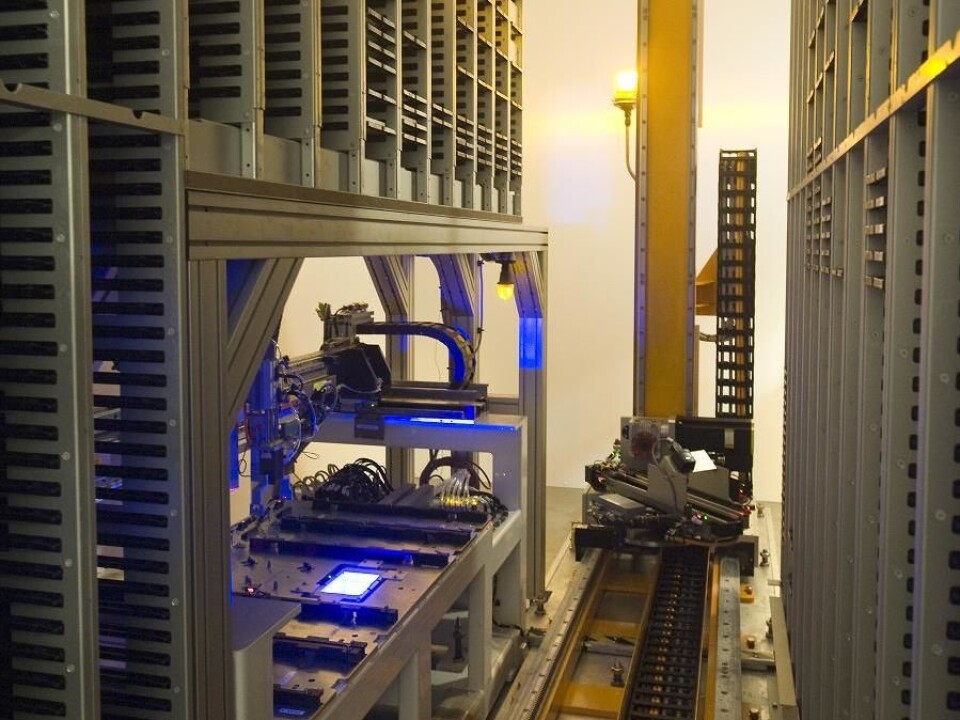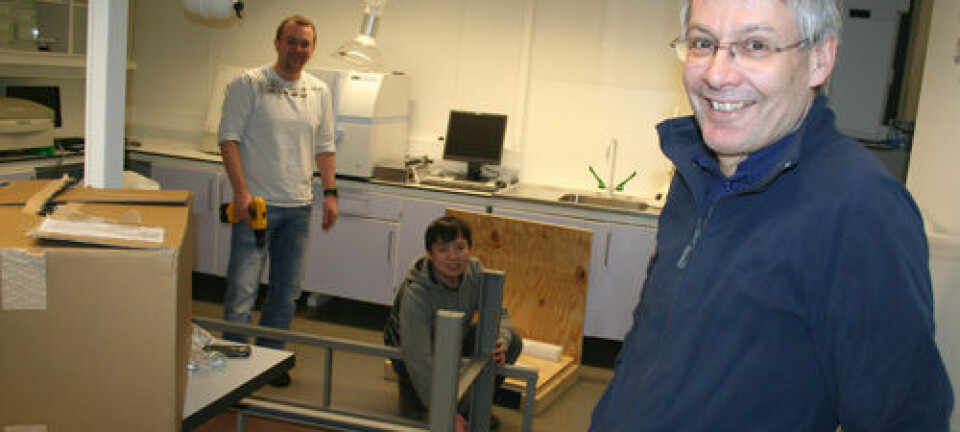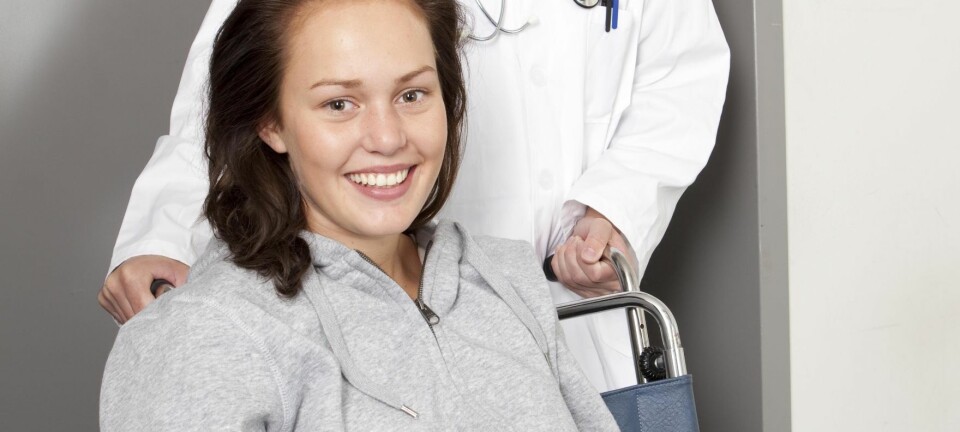
New biobank will make research easier
The Danish National Biobank opens today. The bank has millions of frozen biological samples – which will be a goldmine for Danish researchers, says the man behind the project.
Acting as a database containing tissue samples from all Danes and information about their family relationships, disease history and treatment, the Danish National Biobank supplements Denmark’s national registers of medicine use, disease diagnoses and family relations.
The biobank will enable researchers to combine all this information in Denmark’s registers while studying diseases or genetic faults in a larger context.
“The idea was to provide easy access to the many biological samples we have today and will get in the future,” says Professor Mads Melbye, the director of the Division of Epidemiology at the State Serum Institute (SSI); who initiated the project.
“In this way we can put our comprehensive research resources at the disposal of all the country’s researchers,” he adds.
Covers the whole of Denmark

“As the newest of these registers, the Danish National Biobank gives us the opportunity of including the biological dimension in health-related research to a far greater extent,” he says. “The biobank is unique because in time it will contain samples from a very large part of the population – researchers will be able to follow a whole country and its diseases in the registers.”
Denmark stands alone internationally with registers that include everyone living in the country, and they can be followed from cradle to grave – the only country with the whole of its population in a single cohort.
“We expect that the biobank will be a goldmine for Danish research and will be the foundation for many important discoveries in the future,” says Melbye.
More knowledge about diseases
As well as samples, the new biobank has a register with links to information in the many other health-related registers in Denmark.
The biobank is unique because in time it will contain samples from a very large part of the population – researchers will be able to follow a whole country and its diseases in the registers.
This gives the biobank an enormous research advantage when researchers are looking for causal relations between diseases and treatments.
“In this type of research you can say that the individual patient doesn’t interest us,” he says. “Initially we don’t focus on the individual patient’s treatment – what interests us is the greater context among groups of the whole population.”
Register research has already given a result
Collating different registers has already yielded results.
SSI researchers recently combined information from the PKU register, which houses blood samples taken from the heel of all babies born in Denmark over the past 30 years, with information from the national patient register, which contains data from patients’ contact with the health sector since 1977. Here they discovered three genetic variants that play a vital role in the development of pyloric stenosis, an intestinal disease that is the most common cause of operations among infants.
Biobank with room for 15 million samples
The Danish National Biobank will in time house 15 million biological samples, but at the start it will have the five to six million samples already at the disposal of the State Serum Institute.
The new biobank will also contain:
• Samples from 30 percent of Greenland’s population, and from the whole of the populations of the Faroe Islands and Iceland
• 3-4 million samples from Danes whose blood has been sent to SSI for micro-biological tests
• 225,000 blood samples from 100,000 pregnant women
• Samples from 5,000 patients with testicular cancer
• Samples from 1,500 patients with anal, rectal, vulvar or penis cancer
The biobank receives about 1,000 new samples every day, and Melbye hopes that the Danish National Biobank will collaborate with other laboratories in the future, so it will receive even more samples.
International attention
The international scientific journal Science has described Denmark as the great dream of epidemiologists because the country’s many comprehensive registers make it easier for epidemiologists to carry out research in diseases.
Translated by: Michael de Laine








